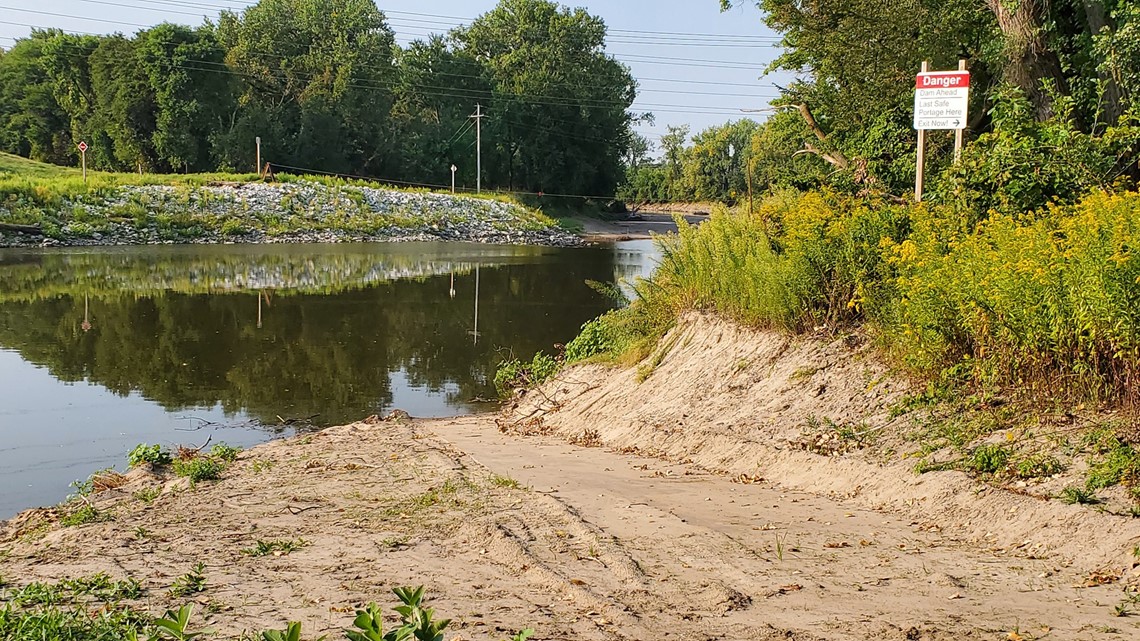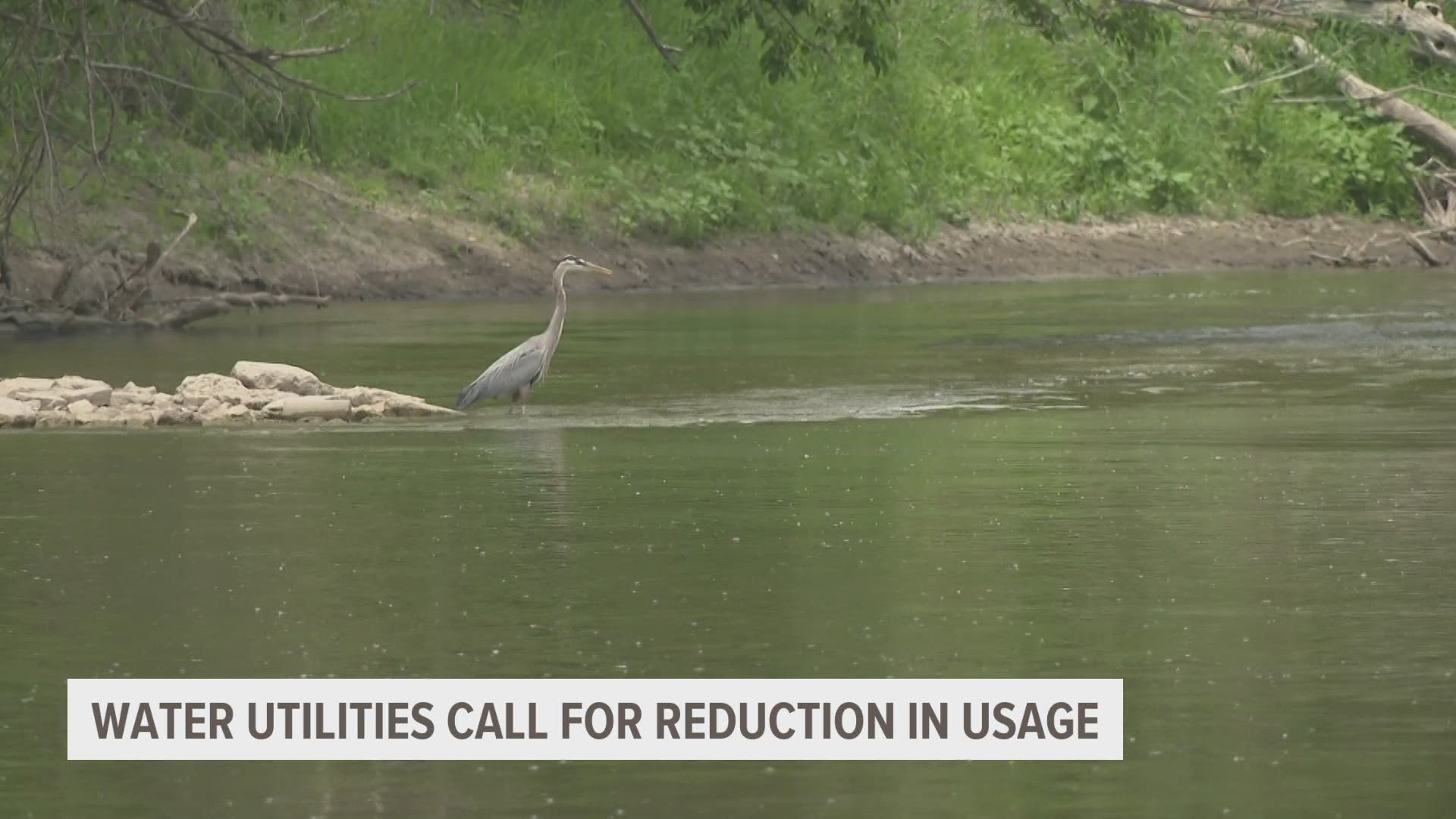DES MOINES, Iowa — Because of the worsening drought conditions and low river levels, two central Iowa water providers have asked their customers to cut back on using water beginning this week.
On Friday, Des Moines Water Works delivered almost 90 million gallons of water to its 500,000 customers.
Much of the increase in water demand in the summer is a result of turf irrigation. Beginning Monday, Des Moines Water Works customers are asked to reduce their lawn watering by 25%.
For West Des Moines Water Works customers, the utility is asking users to reduce irrigation and watering to conserve water.
"Though we typically purchase approximately 30% of our water from DMWW, when temperatures spike this early in the summer after a drought the previous year we need to work together to protect our water resources. Reducing usage at this time will help everyone," said Christina Murphy, general manager of WDMWW.
Murphy said in a release asking customers to cut back on their water use has been effective. She pointed to an instance in 2012 when customers were asked to voluntarily reduce their water usage, and water consumption declined by a million gallons a day.
“This remains a very fluid situation that changes daily depending upon river levels and customer demand,” said Ted Corrigan, chief executive officer and general manager of Des Moines Water Works. “
Des Moines Water Works urges all customers to follow the irrigation schedule, which includes no turf irrigation on Mondays and to limit all other water usage wherever possible.
This week Des Moines Water Works plans to raise the flashboards on its Raccoon River low head dam, as pictured below.


Flashboards are large metal gates used to raise water levels around the intake. The flow rate in the Raccoon River is down to less than 300 cubic feet per second compared to the median flow of 4,000 cubic feet per second.
Should the drought worsen, WDMWW will take appropriate actions according to its Water Shortage and Conservation Plan approved in 2014.

